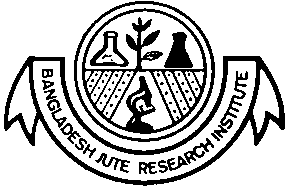Solar Calculator
Our Clients








About Green Energy
/
International Best Practices
International Best Practices
In the United States, 39 states and the District of Columbia have enacted an RPS (Renewable Portfolio Standard) or comparable standard. California´s goal is to have 33 percent of its energy needs supplied by renewable sources by 2020, while New York´s goal is 29 percent by 2015. In November 2004, Colorado became the first state to create an RPS by ballot initiative when voters approved Amendment 37. Since 2004, Colorado´s RPS has been increased twice by ballot initiative, signifying how important renewable energy is to voters. A direct result of a state adopting an RPS is its ability to establish tradable renewable energy credits (RECs), an important market driven mechanism for driving down the overall cost of a project. In New Jersey, solar renewable energy certificates (SRECs) have been largely responsible for the boom of the state´s solar market. SRECs allow developers to build solar farms and large?scale solar projects while receiving highly valued certificates for the electricity produced from them. Ultimately, this incentive lowers the cost of overall project development because it allows some of the initial project capital investment to be recovered through power production. SREC markets can be complicated to analyze and evaluate; however, solar businesses have arisen to meet these challenges through brokering, aggregation, and web based auction systems. These intermediary services command a price, but they may be worth it. The table below shows the 7 out of 40 countries in LAC that have a RPS.
| Country | Existing renewable Energy capacity In 2008 | RPS Goal | Other |
|---|---|---|---|
| Argentina | 35% | 40% by 2015 | 1,000 MW by 2012 and 2,500 MW by 2016. 2012 goal includes: 500 MW wind, 150 MW bio fuels, 120 MW waste- to-energy, 100 MW biomass, 60 MW small hydro, 30 MW geothermal, 20 MW solar, and 20 MW biogas |
| Brazil | 85% | 75% - 85% by 2020 | |
| Dominican Republic | 7% | 10% by 2015 25% by 2025 | Wind: 500 MW by 2015 |
| Jamaica | 5% | 10% by 2010 | |
| Mexico | 27% | 7.6% by 2012 | Wind power 4.34%, small hydro 0.77%, geothermal 1.65%, and biogas/biomass 0.85% |
| Nicaragua | 27% | 38% by 2011 | |
| Peru | 5% by 2013 |
